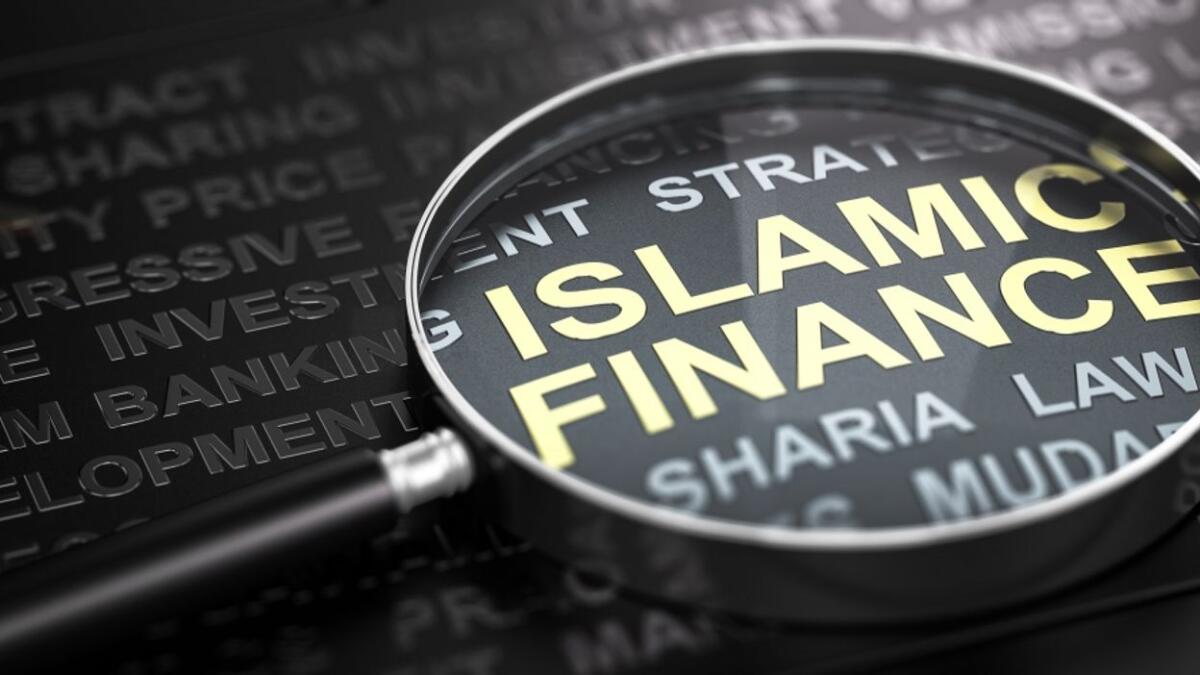The emerging-market (EM) debt issuers such as GCC countries, Malaysia, Indonesia, and Turkiye are seeing significant growth in the issuance of US dollar debt. Fitch Ratings reported that in the first five months of 2024, these countries accounted for 51 per cent of all EM dollar debt issued, excluding China. This growth is expected to continue due to government initiatives to develop debt capital markets, fund projects, finance deficits, and manage maturing debts. Additionally, sukuk, Islamic bonds, are becoming a key funding tool, representing 12.4 per cent of all EM dollar debt issued in 2024.
The GCC debt capital market (DCM) saw a seven per cent growth in the first quarter of 2024, reaching $940 billion outstanding. Saudi Arabia holds the largest market share in the GCC region with 43 per cent, followed closely by the UAE with 30 per cent. Nearly 40 per cent of the GCC DCM outstanding is in sukuk, while the rest is in conventional bonds. Saudi Arabia, UAE, and other GCC countries have been active in issuing sukuk, with approximately 40 per cent of the total DCM outstanding in the first quarter of 2024 being in sukuk.
In terms of EM dollar debt issuance, Saudi Arabia leads the pack with 18.5 per cent, followed by countries like Argentina, the UAE, Brazil, Turkiye, Indonesia, Mexico, and Chile. The inclusion of these countries in global bond indices has further boosted demand for dollar bonds from international investors. Fitch has upgraded the ratings of Saudi Arabia, Turkiye, Qatar, and Oman, while expectations of falling interest rates are driving investor demand for higher-yielding debt, especially in the sukuk market.
Sukuk plays a significant role in the domestic DCM issuance in countries like Malaysia, Saudi Arabia, and Indonesia, with rates comparable to traditional bonds. The majority of Fitch-rated sukuk are investment-grade, providing a stable investment option for investors. In Saudi Arabia, sukuk and debt markets are expanding to meet budget deficits, while in the UAE, issuers are diversifying funding sources. Indonesia is expected to see slower DCM issuance due to fiscal restraint.
The Malaysian government’s expansionary budget for 2024 is driving DCM growth, focusing on development initiatives guided by the Ekonomi MADANI framework. Turkiye has also seen a revival in foreign-currency debt issuances, signaling lower refinancing risks. Overall, outstanding EM dollar debt reached $2.3 trillion in May 2024, with countries like Mexico, Argentina, the UAE, and Saudi Arabia leading the way.
The JPMorgan Corporate Emerging Markets Bond Index includes GCC, Kuwait, Indonesia, Malaysia, and Turkiye with a collective market capitalization of 23.2 per cent. However, sovereigns, who are significant issuers in these countries, are not included in the index. Additionally, only AAOIFI sharia-compliant sukuk issued by the Higher Sharia Authority of the UAE central bank will be included in the JPMorgan Global IG Sukuk Index from end-May 2024.
In conclusion, the increasing trend of EM debt issuance from countries like GCC, Malaysia, Indonesia, and Turkiye indicates a growing interest in developing debt capital markets and diversifying funding sources. The popularity of sukuk as an alternative funding tool is also on the rise, attracting international investors and driving growth in the global debt market. With favorable market conditions and government initiatives supporting debt issuance, these countries are poised to maintain their position as key players in the EM debt market.











